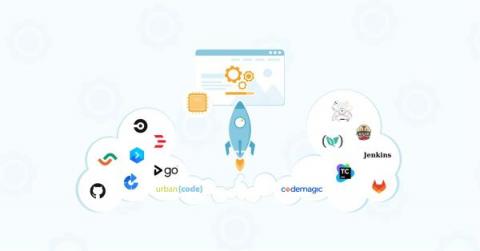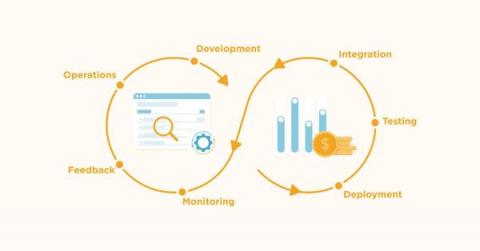Operations | Monitoring | ITSM | DevOps | Cloud
Latest News
The Simple Formula For Managing Cloud Cost
What Is Spot Instance Advisor? A Beginner-Friendly Guide
The 15 Best Continuous Deployment Tools In 2022
Making the World's AWS Bills Less Daunting
Multicloud Cost Management
More enterprises are adopting cloud computing to ensure that they can accelerate innovation, stay competitive, and enjoy cost savings. This trend has only increased in the last two years with the rise of remote work necessitated by the COVID-19 pandemic. With the rise of cloud adoption, multi-cloud and hybrid cloud deployments are increasing in popularity as well. According to a Gartner survey, 81% of survey respondents are using two or more cloud providers.
How A Cost Intelligence Mindset Will Help You Survive The Tech Industry Slowdown
The 7 DevOps Lifecycle Phases: How To Manage Costs At Each Step
Accurately Forecasting Cloud Costs
Most companies today have a “cloud first” computing strategy. According to Foundry’s April 2022 report outlining their 2022 Cloud Computing research, 92% of businesses globally have moved to the cloud. What’s more, the percentage of companies with most or all of their IT infrastructure in the cloud is expected to leap from 41% today to 63% in the next 18 months. As companies move more workloads onto various cloud platforms, cloud budgets continue to increase.










